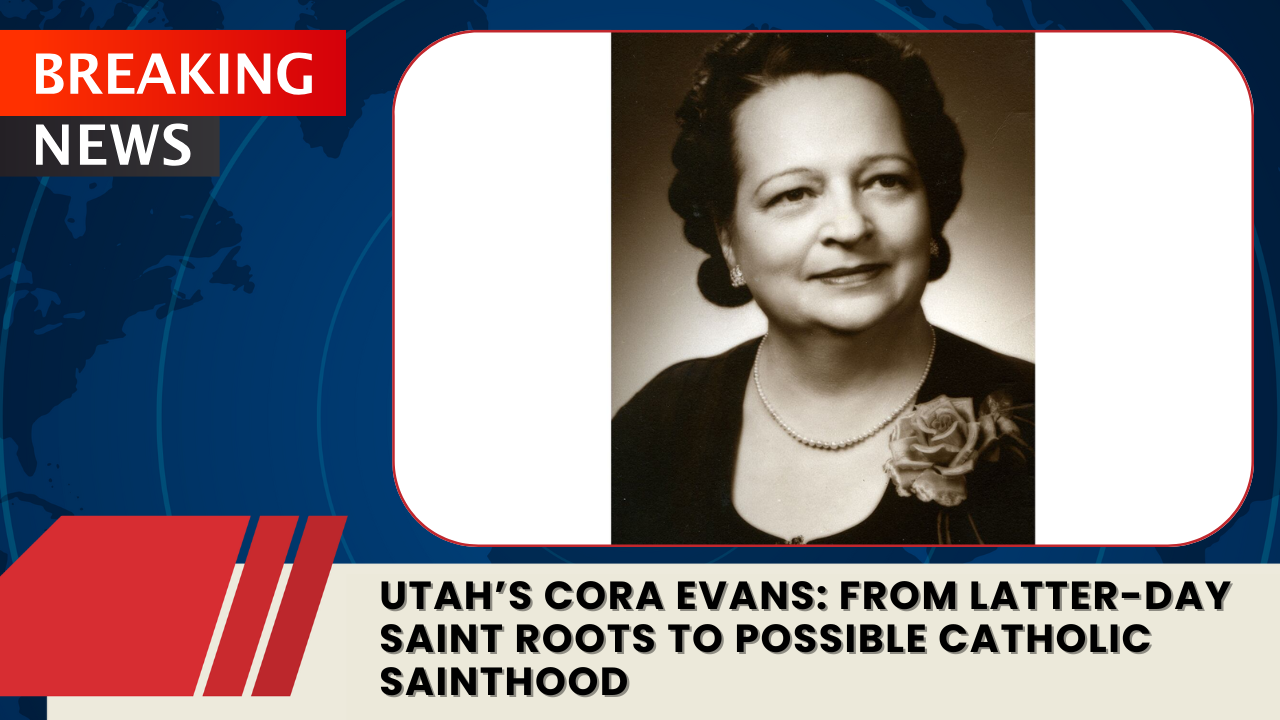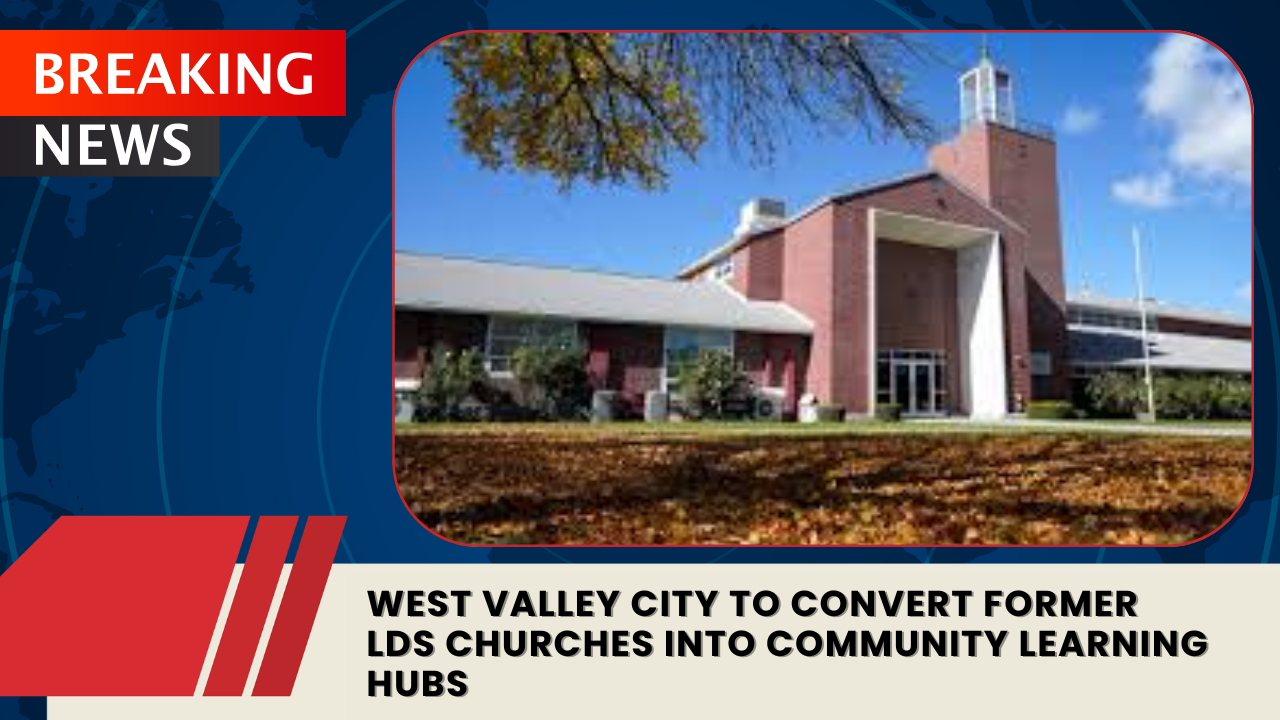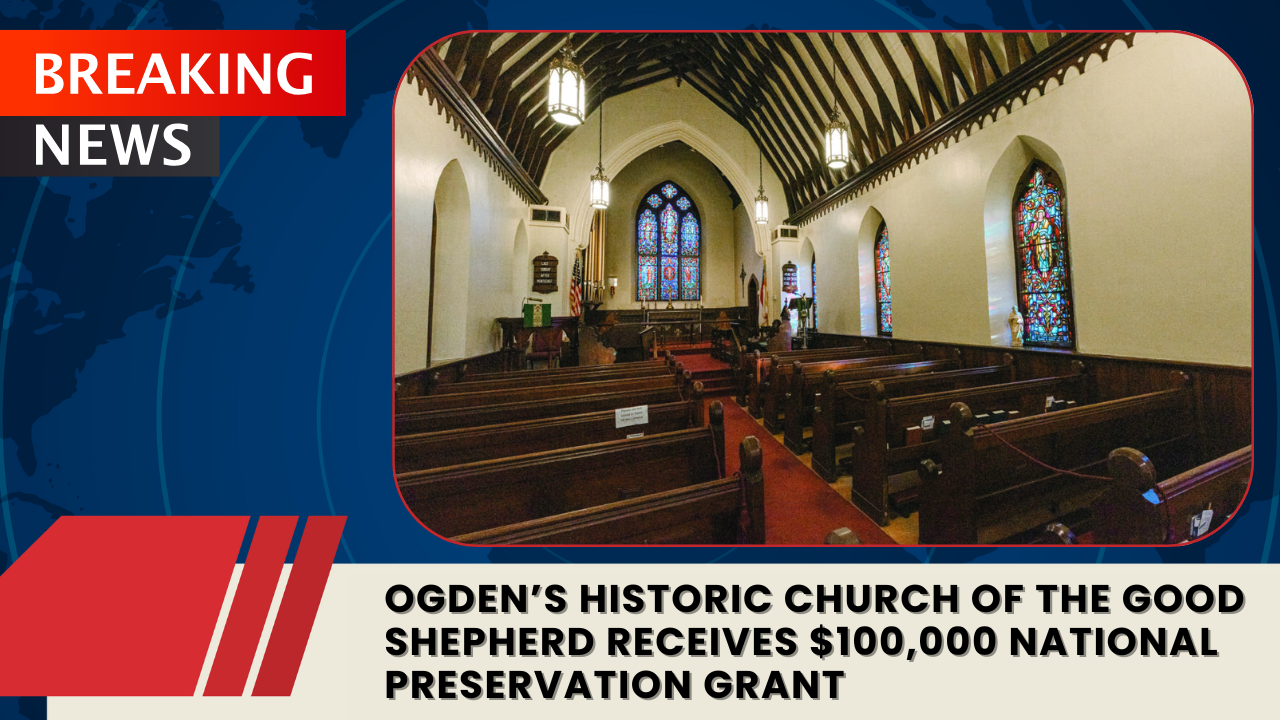As All Saints Day approaches, a Utah-born woman may soon join the ranks of Catholic saints — a transformation few could have imagined in the heart of Latter-day Saint country.
Cora Evans, born in Midvale, Utah, in 1904, grew up in a deeply Mormon household. Her family had pioneer roots tracing back to early church settlers and leaders who crossed the plains to Utah. But her life took a turn that would eventually lead her away from Mormonism — and possibly toward canonization in the Roman Catholic Church.
A Spiritual Awakening in Ogden
After her father’s death, Cora moved with her family to Ogden, where she was baptized into the LDS Church at age eight. Years later, she married Mack Evans in the Salt Lake Temple in 1924. Yet despite her religious upbringing, Cora began experiencing mystical visions that left her questioning her faith.
In one recurring vision, she saw a radiant woman she later came to believe was Mary, the mother of Jesus. That experience drew her to Catholicism after hearing a local priest, Father Duane Hunt, speak on the radio about the Virgin Mary.
Cora began meeting regularly with Father William E. Vaughan at St. Joseph Catholic Church in Ogden and, in 1935, formally converted to Catholicism. Her newfound faith inspired her to share her experiences with others, and she reportedly persuaded many fellow Utahns to convert as well.
Mystical Experiences and Writings
After tensions grew between her old and new faith communities, Cora and her family moved to Southern California, where her visions continued. She often entered trance-like states lasting hours, during which she claimed to have spoken with Jesus and various saints.
In one vision, Cora said Jesus instructed her to spread the message of his “mystical humanity” — the belief that Christ continues to work through everyday human acts. Despite lacking formal education, she wrote over 3,000 pages detailing her experiences, later published in books such as “The Refugee From Heaven.”
Friends and family also reported that Cora developed stigmata-like wounds on her hands, feet, and head — marks resembling those of Christ’s crucifixion.
The Path Toward Sainthood
After Cora’s death in 1957, her writings were preserved by Father Frank Parrish, and later published by his nephew Mike McDevitt, who founded a nonprofit dedicated to promoting her message of “The Mystical Humanity of Christ.”
The Diocese of Monterey, supported by the U.S. Conference of Catholic Bishops, formally opened Cora’s cause for sainthood. Two years ago, the bishops voted unanimously to send her case to the Vatican.
If approved, Cora would become the first Catholic saint from Utah — a historic milestone in the state’s religious landscape.
For now, she holds the title “Servant of God,” the first step in the canonization process. Before being declared a saint, the church must confirm two miracles attributed to her intercession, typically medically unexplainable healings.
A Utah Legacy That Bridges Faiths
For theologians like Deacon Scott Dodge of the Diocese of Salt Lake City, Cora’s journey represents the universal nature of faith. “Her writings are deeply human and spiritually profound,” he said, calling them a bridge between belief and lived experience.
While it may take years — or even decades — before her canonization is complete, Cora Evans’s story continues to inspire both Catholics and non-Catholics alike. Her message, that God’s presence works through ordinary people, feels as timeless as it is transformative.



